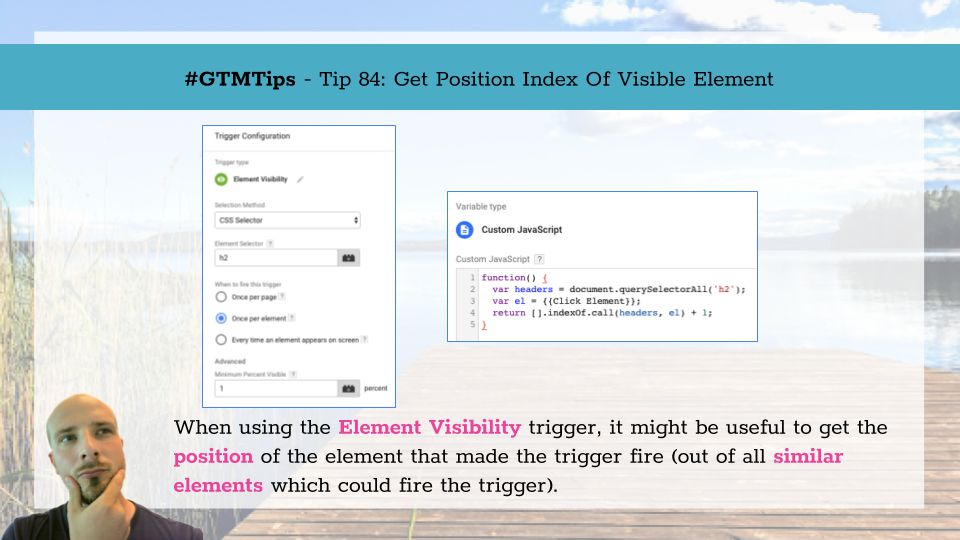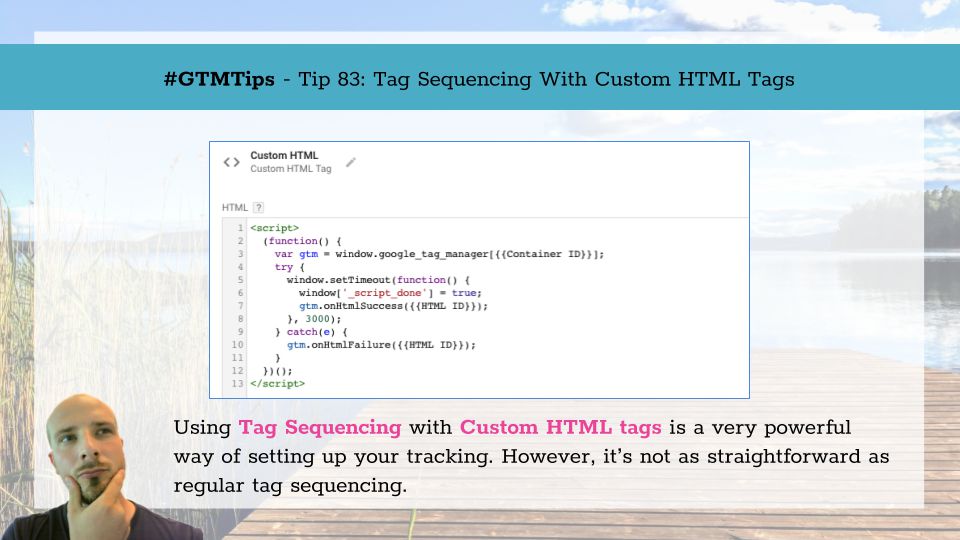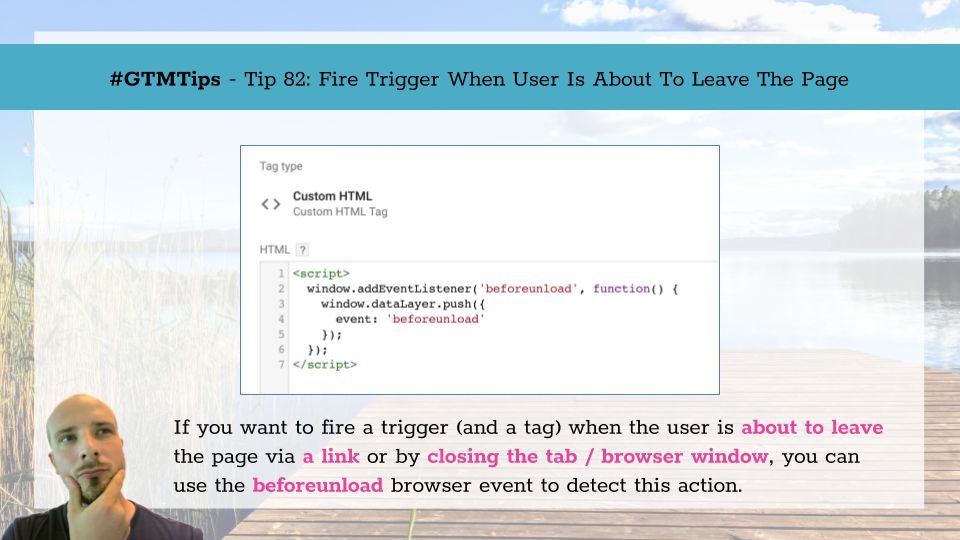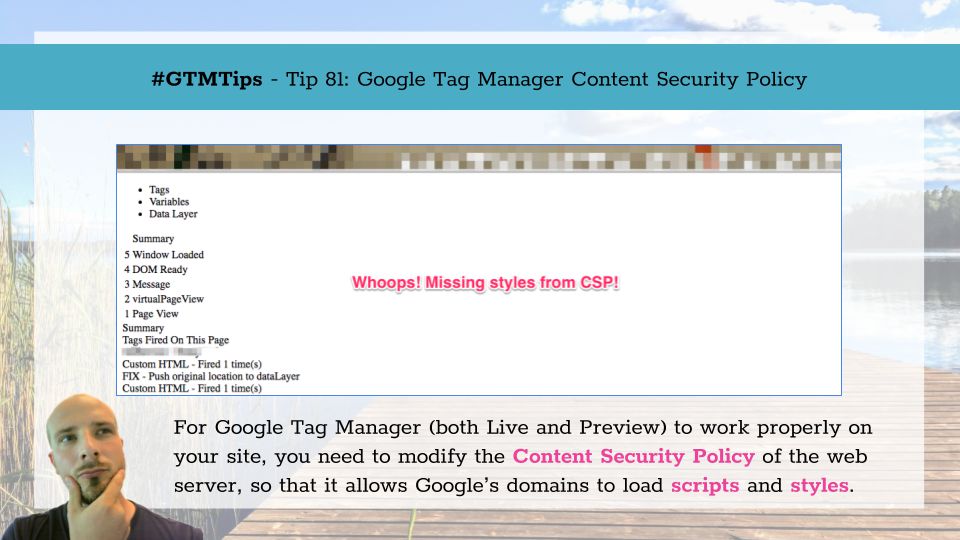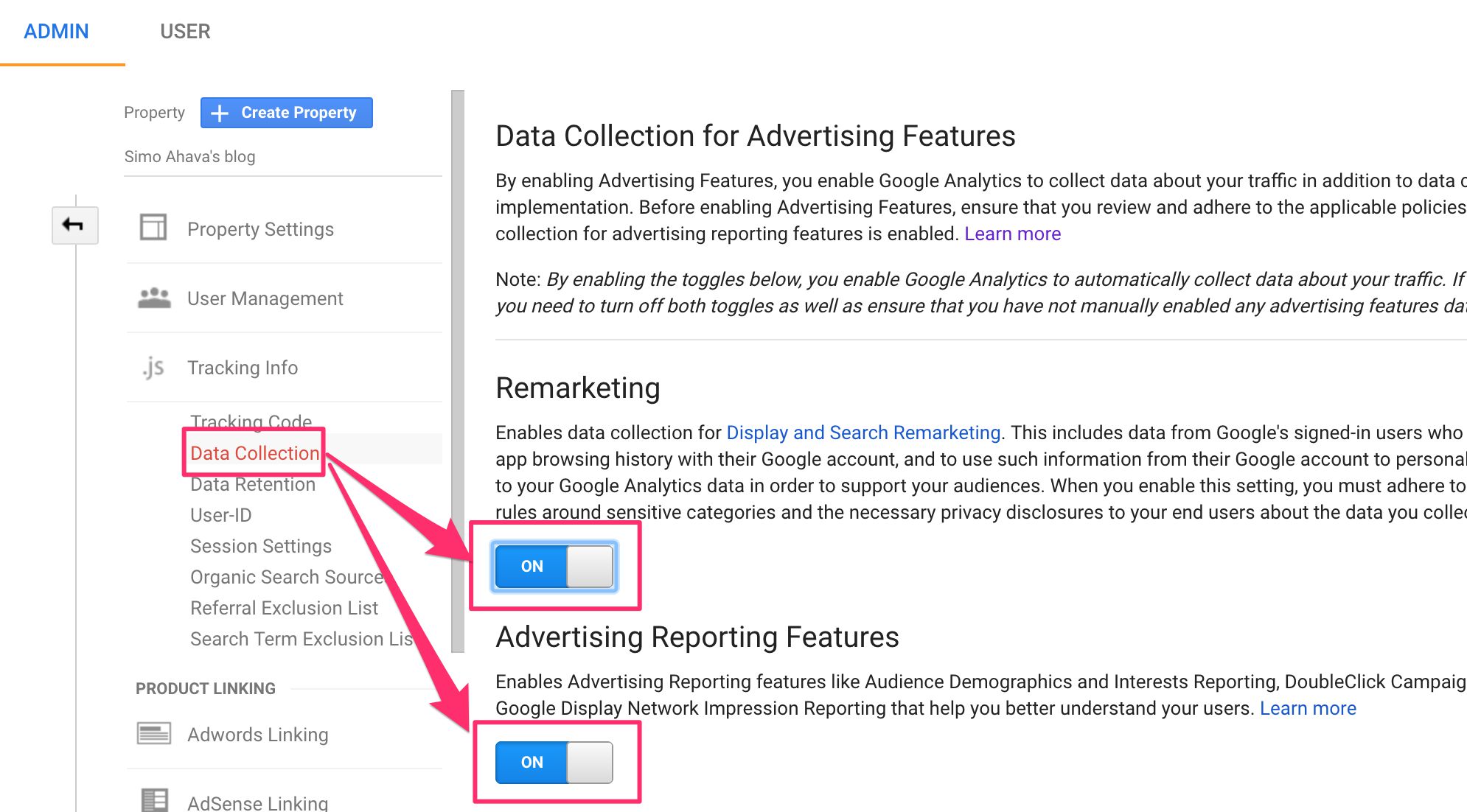It’s time for a very simple #GTMTips article (I know, I always write that these are simple tips, but then they escalate into complex behemoths). Today, we’ll cover a nifty trick you can use with the Element Visibility trigger in Google Tag Manager. This tip was inspired by a question from Eugen Potlog in the Google Tag Manager Facebook group.
The use case is that you have an Element Visibility trigger firing for a number of elements all sharing the same CSS selector.
